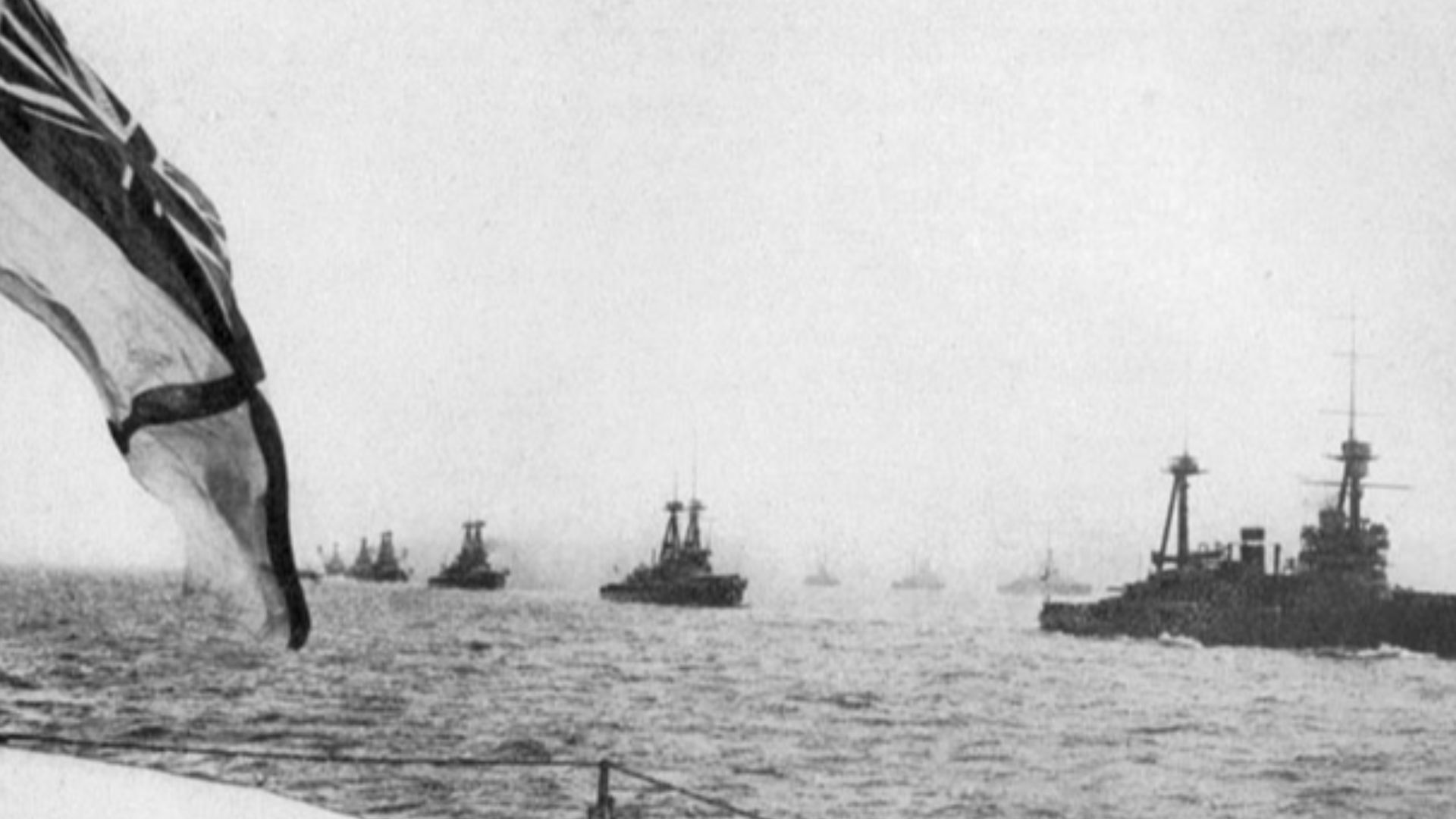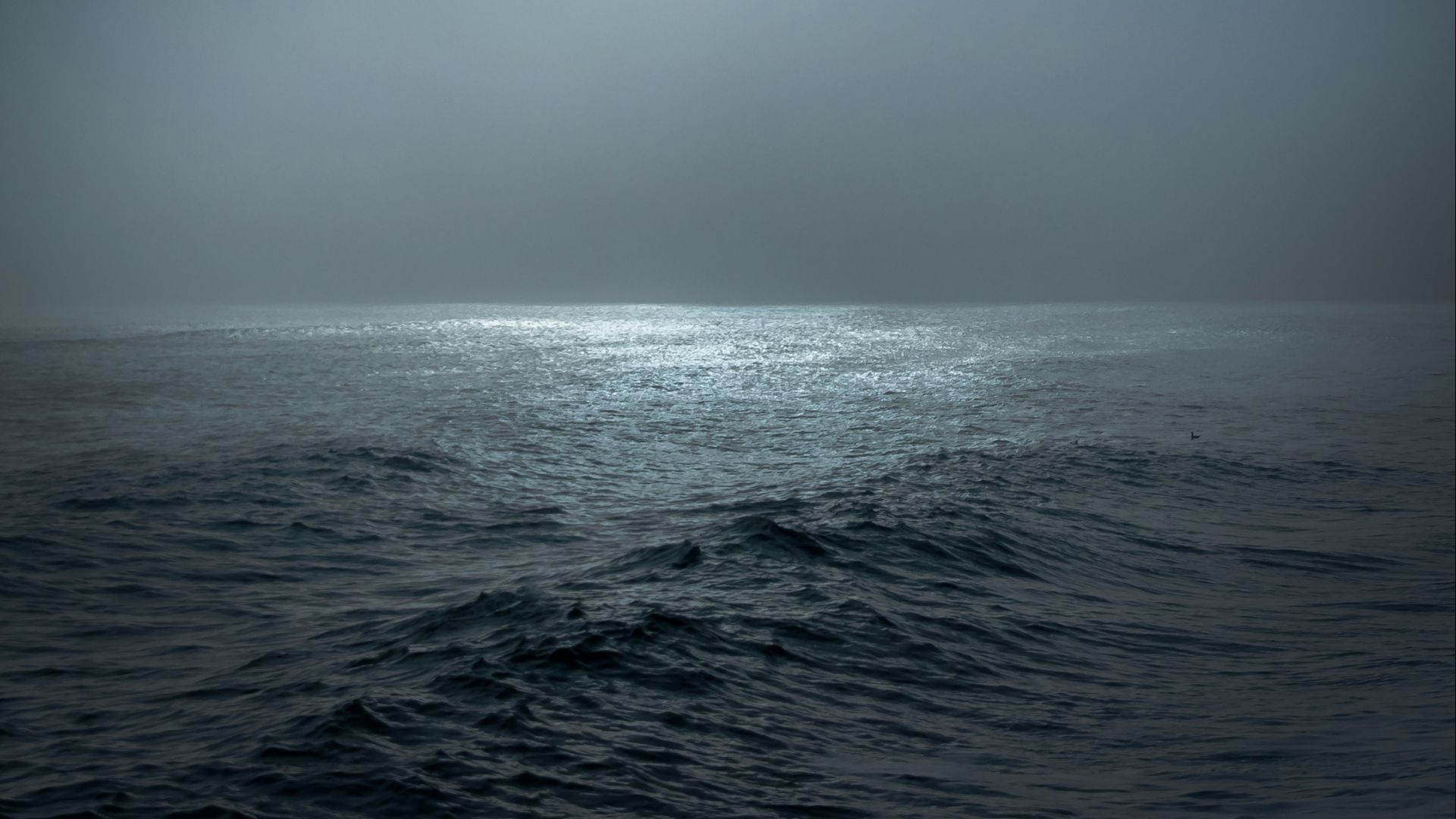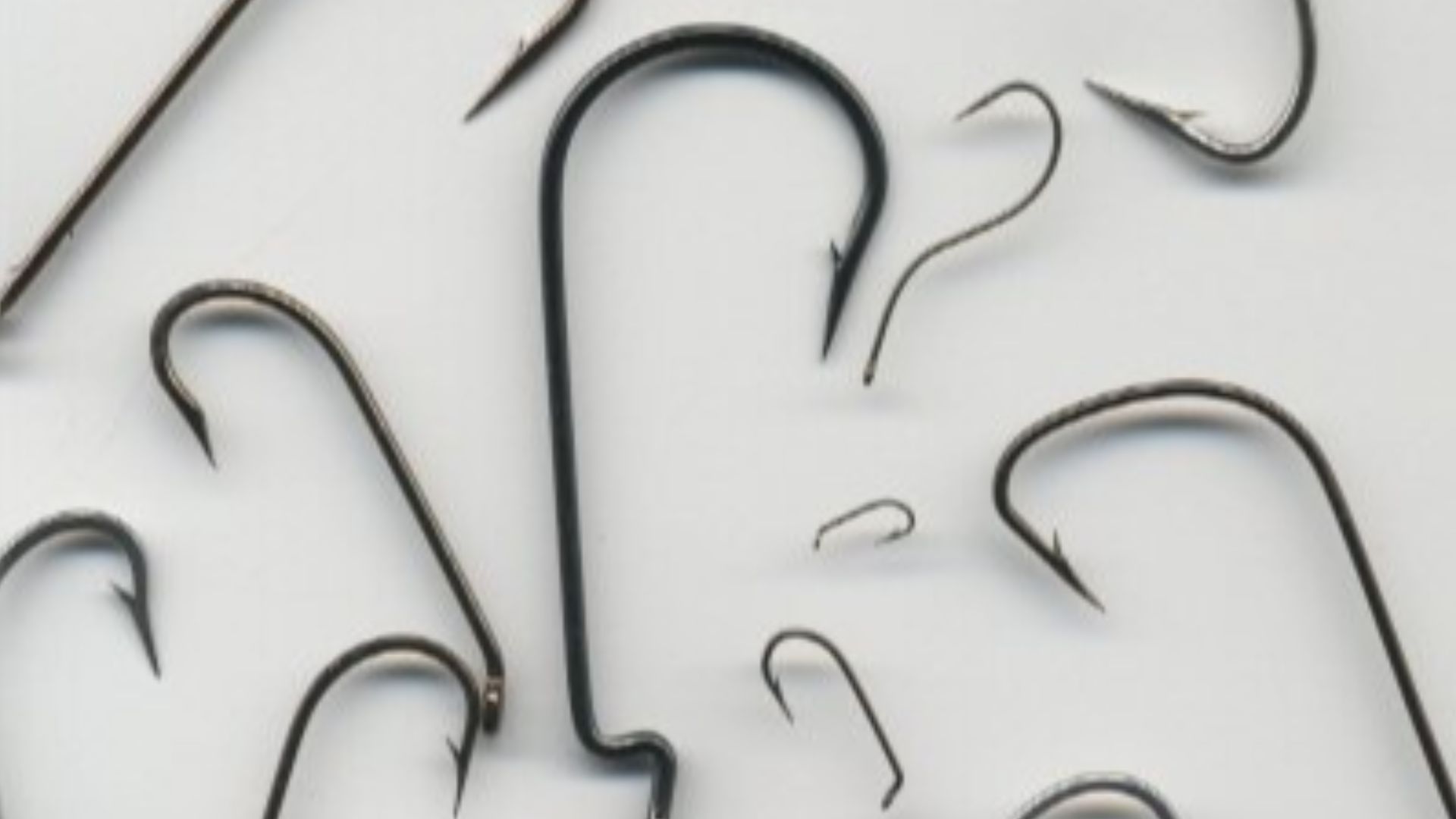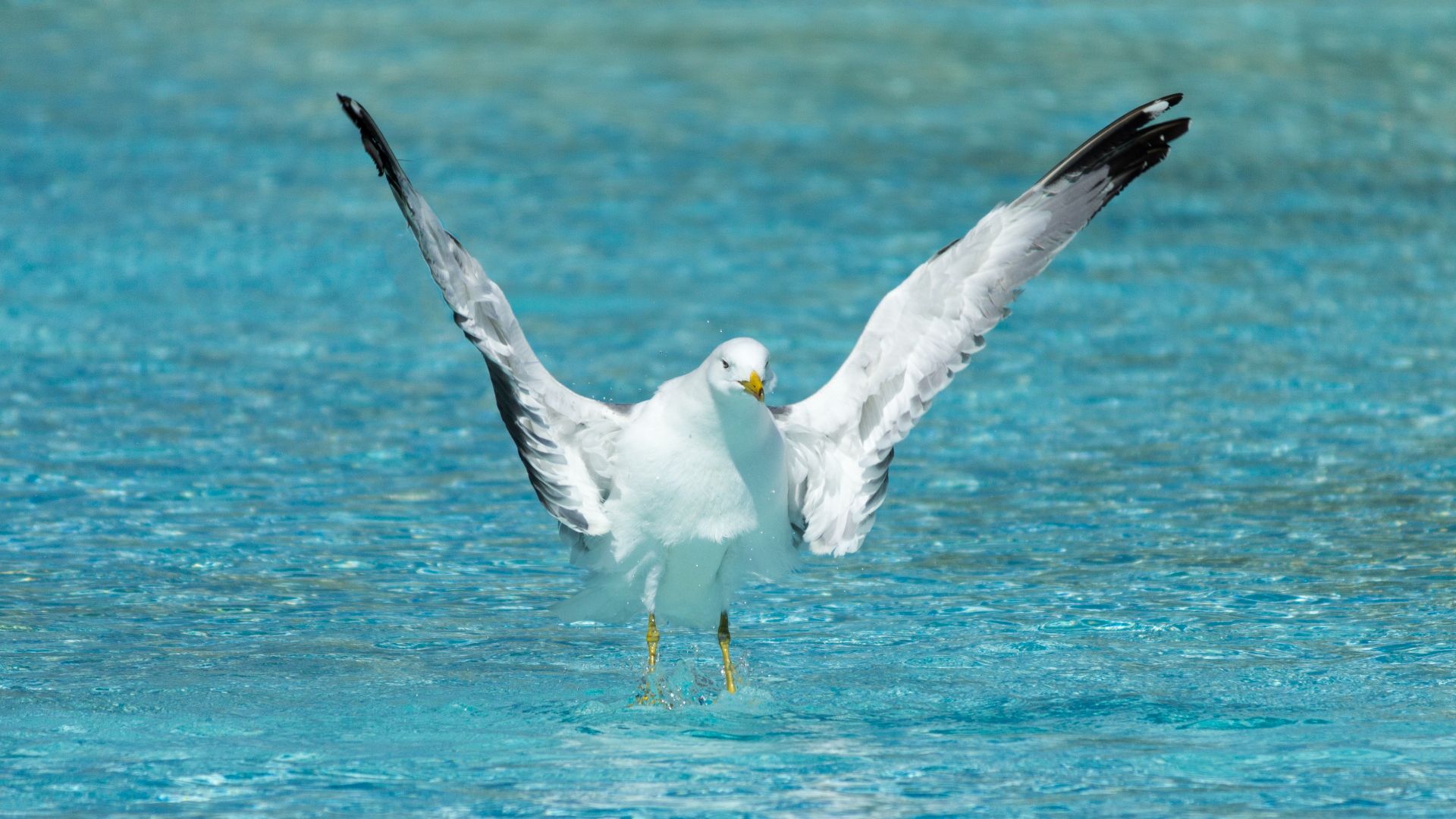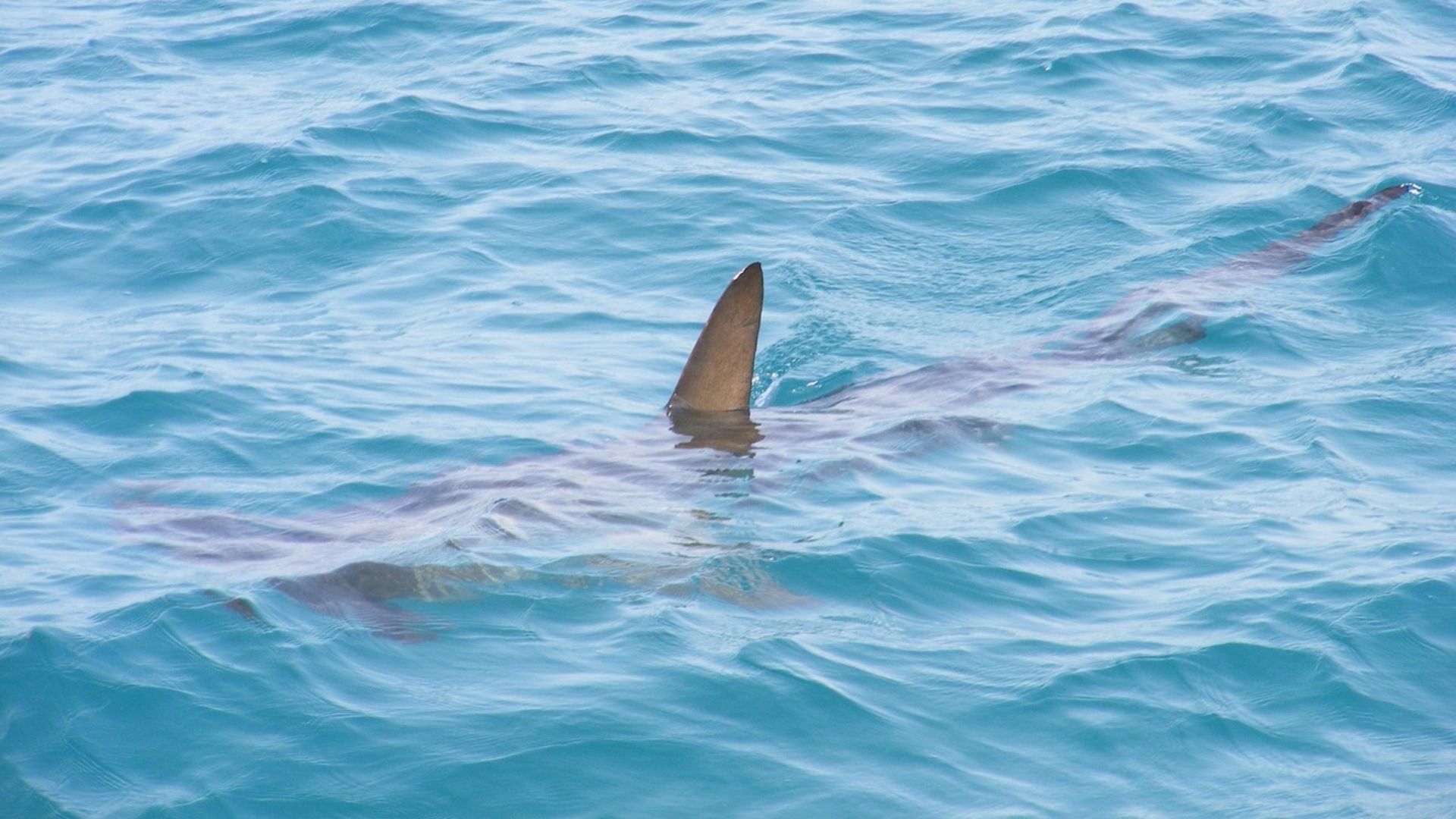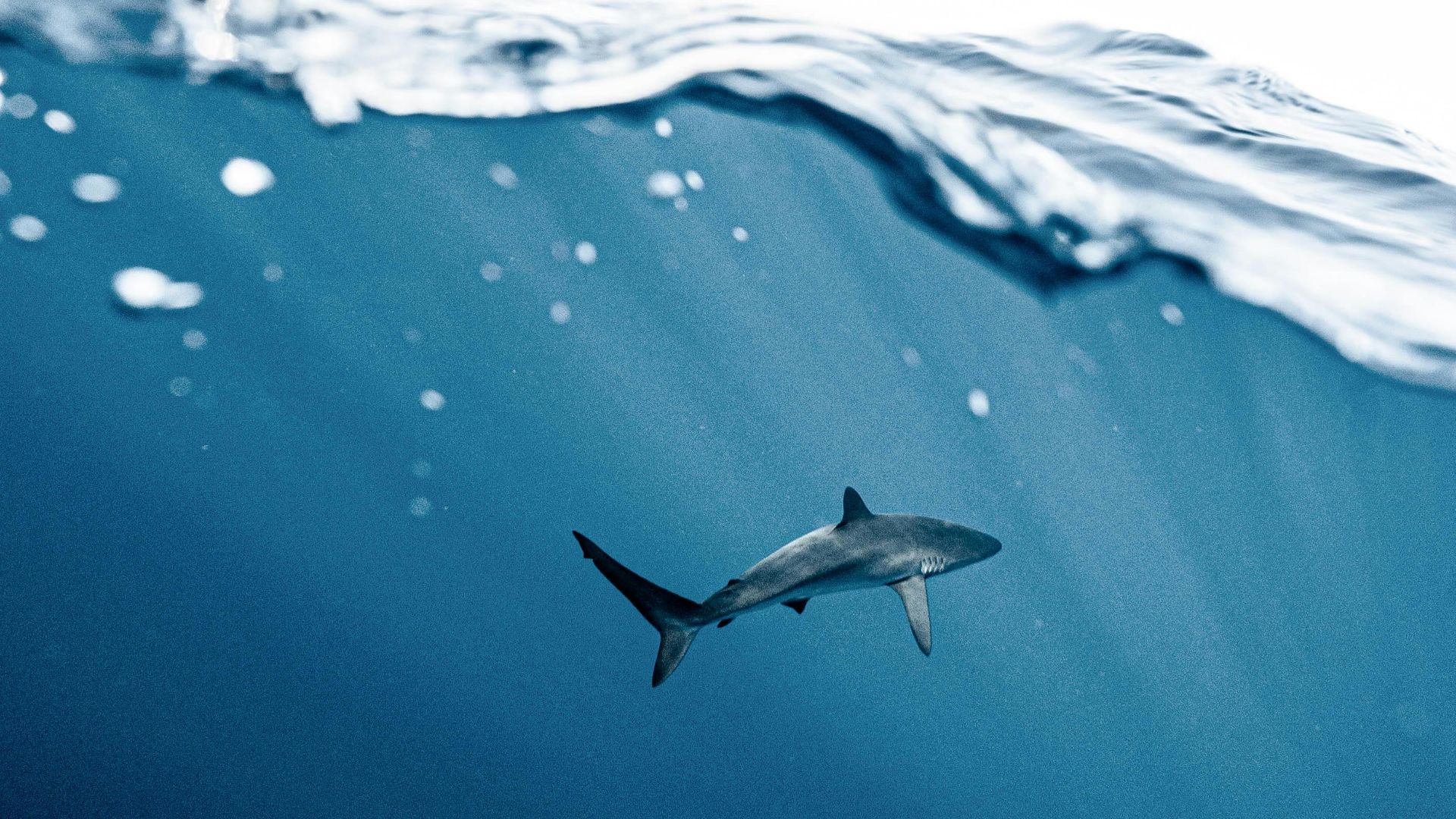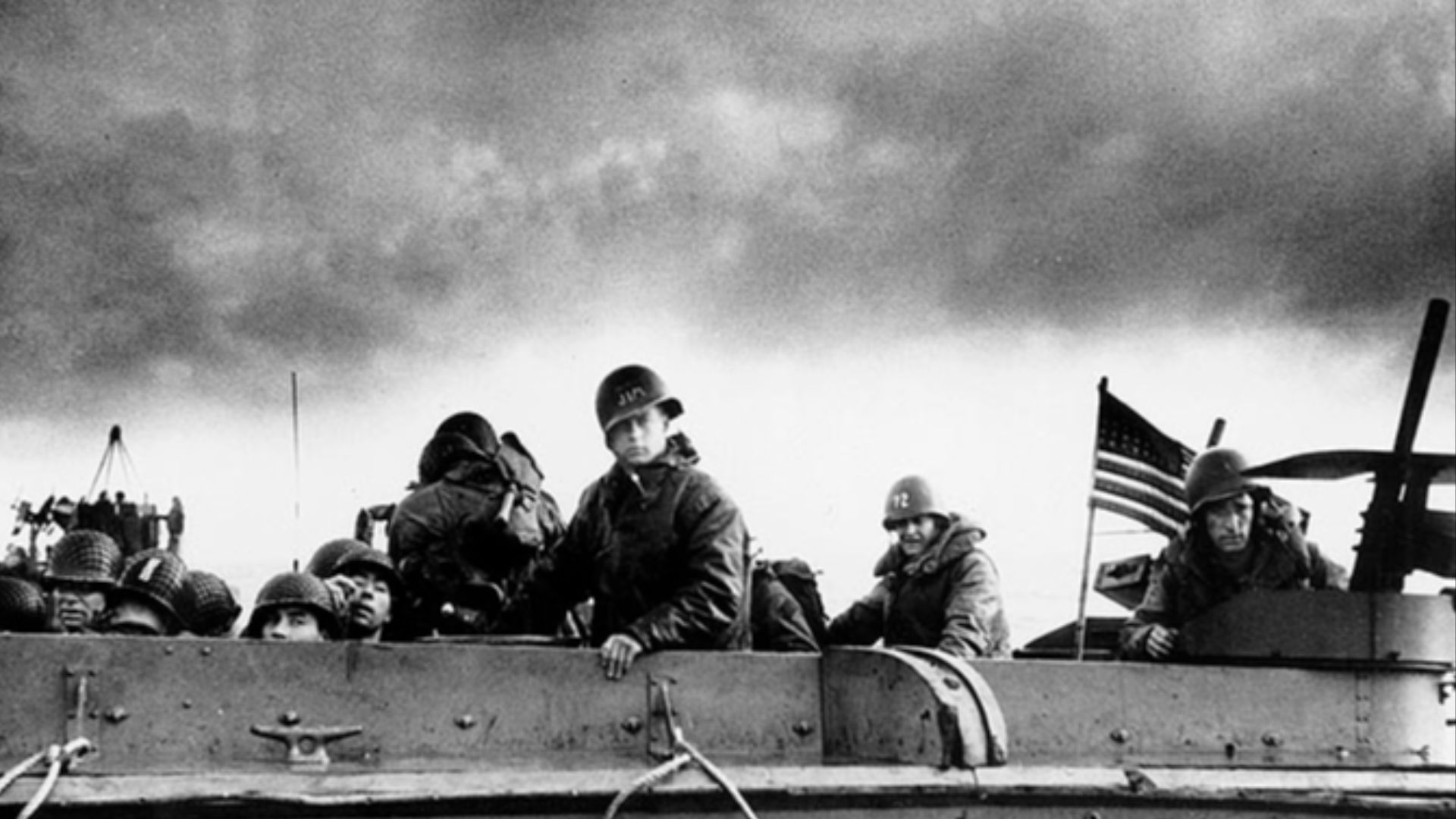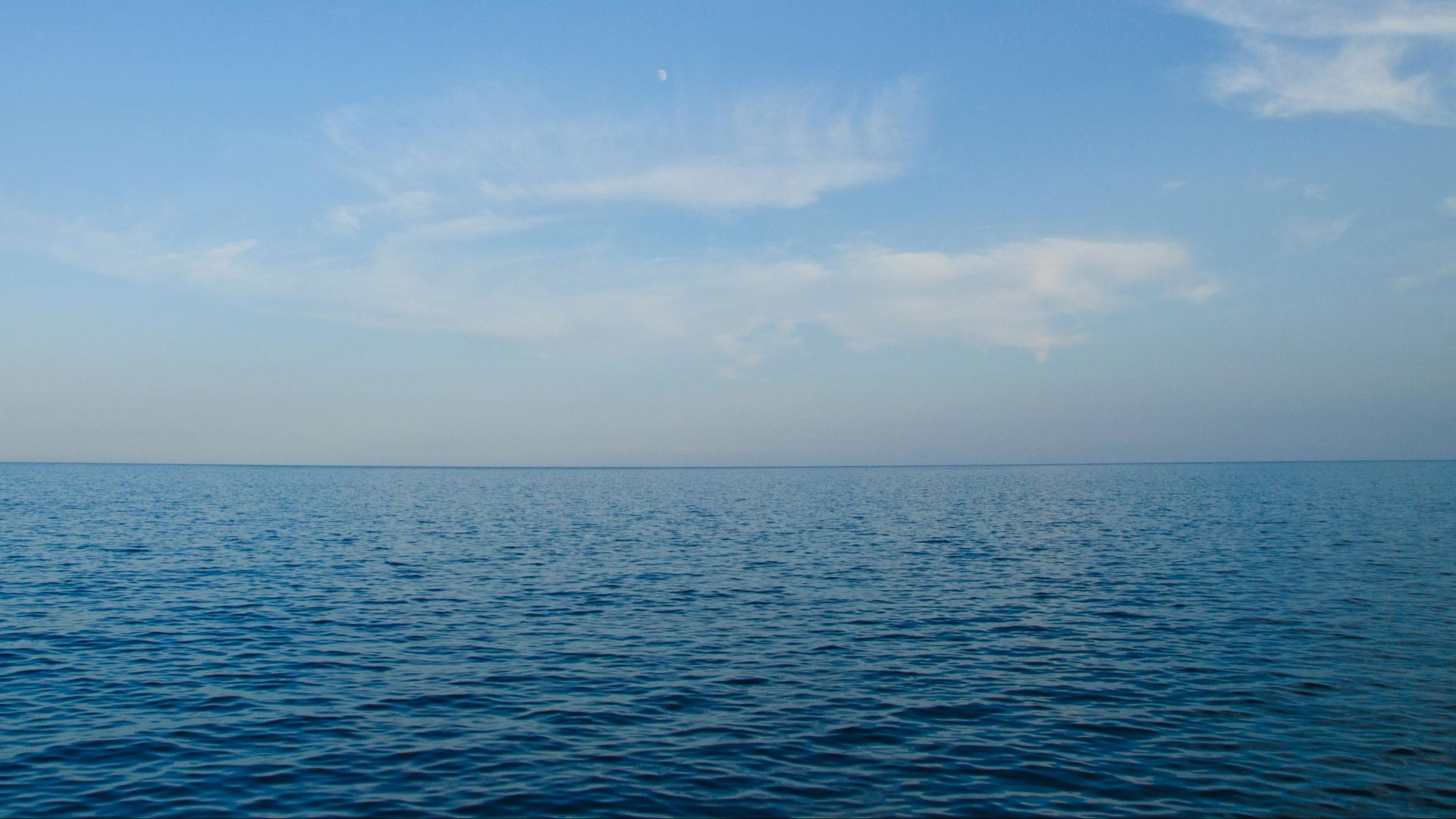He Survived 133 Days At Sea
Poon Lim was a humble mess steward aboard the SS Benlomond who, in 1942, found himself stranded in the South Atlantic. He braved storms, exposure, starvation, and even sharks to survive an unprecedented 133 days at sea. How he did it was nothing short of miraculous.
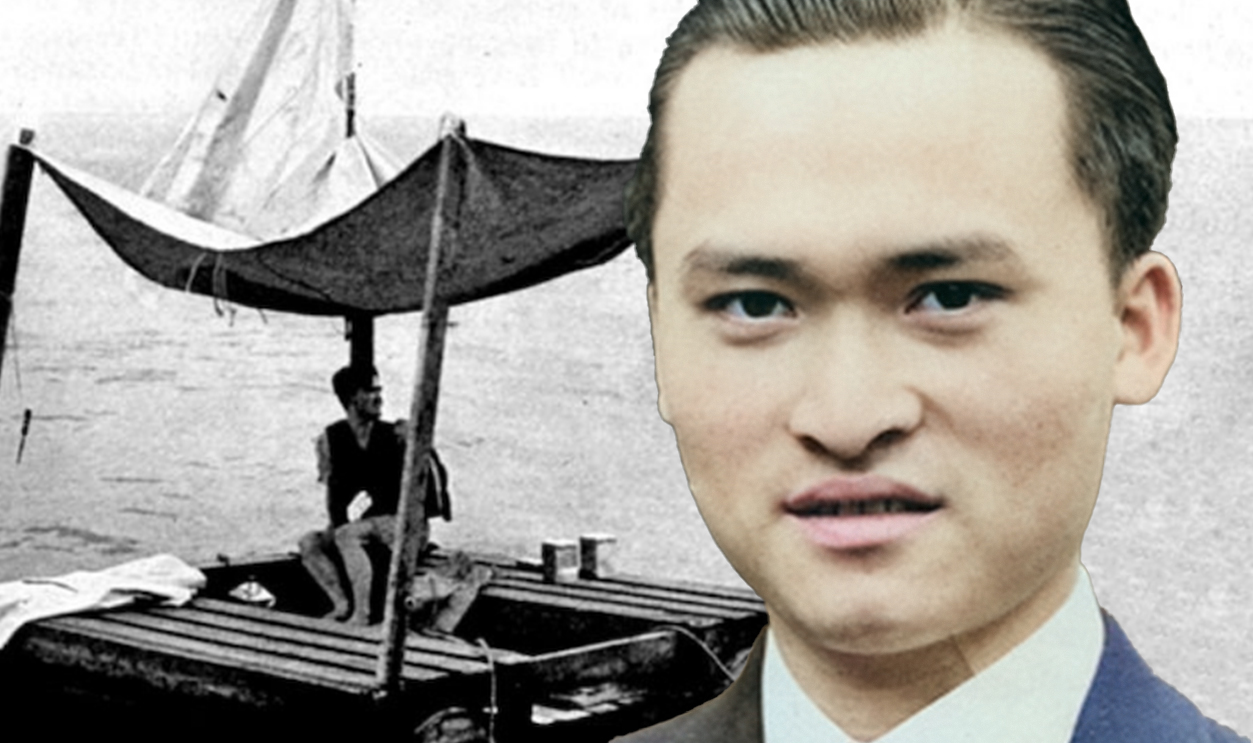
1. He Was Born To The Sea
Poon Lim was born on March 8, 1918, on Hainan Island, China—a practical paradise where life revolved around the water. From an early age, he learned to read the ocean, understanding its currents, its dangers, and its bounty. The lessons he learned in childhood would one day save his life./
2. His Sent Him Away
In the years between WWI and WWII, Japan tightened its grip on China. Lim’s father, fearing that his son would be forced into military service and an early grave, sent Lim away. He hoped that Lim could escape the brutal fate that befell so many of his countrymen. Little did he know, Lim’s fate would almost be worse.
 Poon Lim Honoured (1943), British Pathe
Poon Lim Honoured (1943), British Pathe
3. He Faced Terrible Discrimination
Seeking a safer life, Lim enlisted as a cabin boy in the British Merchant Navy, joining his brother at sea. But life aboard European-dominated ships was almost as bad as life in Japanese-occupied China. Lim and other Asian crew members faced daily discrimination and threats to their physical safety.
Lim sought a better life on land.
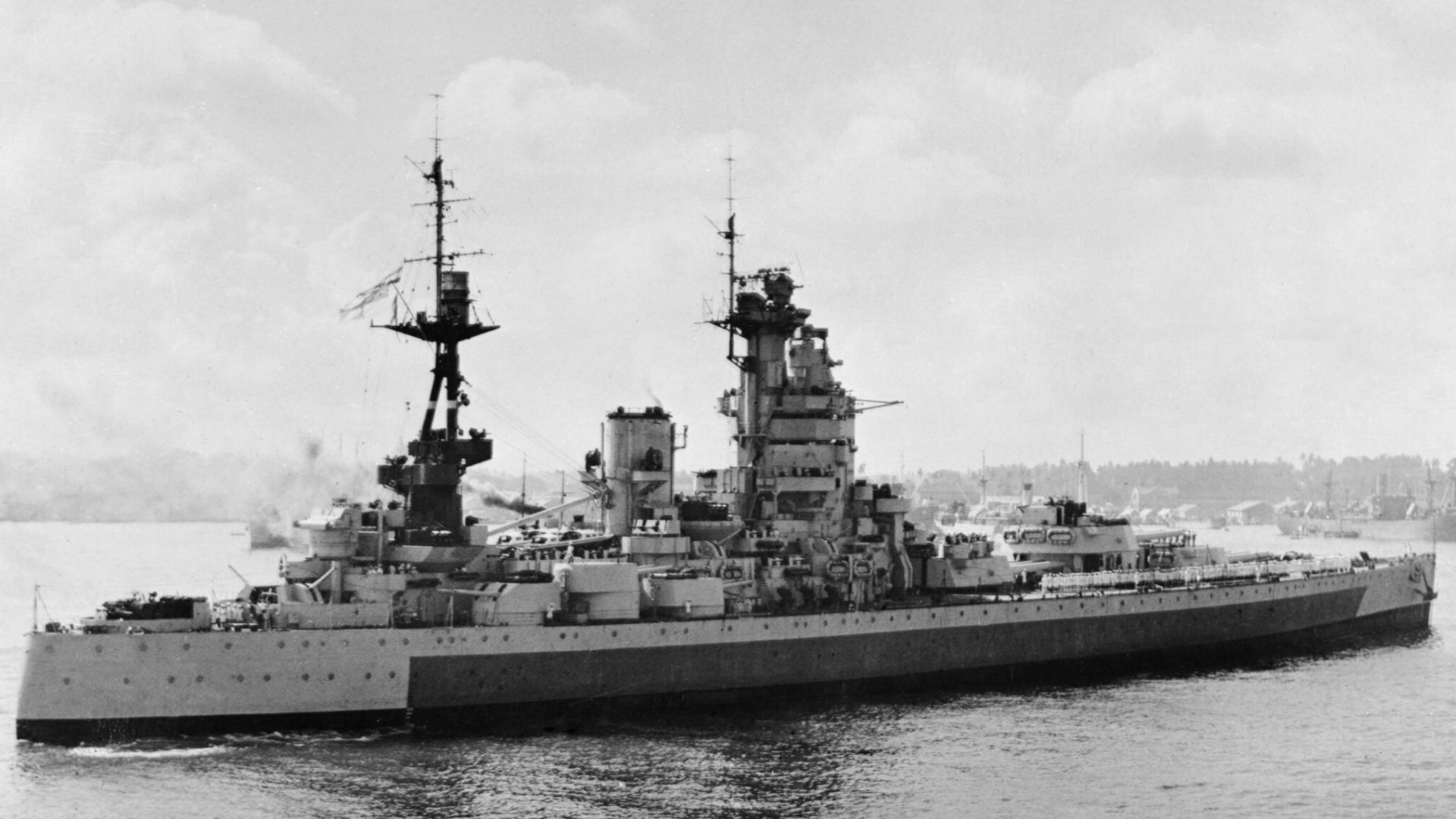 Royal Navy official photographer, Wikimedia Commons
Royal Navy official photographer, Wikimedia Commons
4. He Sought Safety On Land
Determined to escape the cruelty of life at sea, Lim left the Merchant Navy in 1937 and settled in Hong Kong. There, he found work as a mechanic. But as the sparks of conflict turned into a conflagration, Lim knew Hong Kong wasn’t safe either. Once again, he returned to the sea—this time for good.
 Unknown photographer -- scanned, cleaned and optimized by MJJR, Wikimedia Commons
Unknown photographer -- scanned, cleaned and optimized by MJJR, Wikimedia Commons
5. He Signed Up for a Final Voyage
By 1941, with Japan preparing to strike Hong Kong, Lim saw an opportunity to escape. The British Navy, desperate for manpower, had improved working conditions. He rejoined the Merchant Navy as a steward, boarding the SS Benlomond—a decision that would lead to one of the most unbelievable survival stories ever told.
6. His Ship Was Undefended
By 1942, Lim had become Second Mess Steward aboard the SS Benlomond, a British cargo ship bound for New York. Though the ship had some defensive armaments and capabilities, it was by no means a fighting vessel. Worse yet, it sailed alone and unescorted. In other words, it was a prime target.
 John Short, Design Pics Editorial Getty Images
John Short, Design Pics Editorial Getty Images
7. He Never Saw the Enemy Coming
On November 23, 1942, in the middle of the South Atlantic, a German U-boat, U-172, spotted the Benlomond. Moving undetected, the submarine maneuvered into position. The crew onboard, including Lim, had no warning, no chance to flee, and no way to fight back when U-172 fired two torpedoes.
 The Longest U-Boat Patrol of WW2, Hidden History
The Longest U-Boat Patrol of WW2, Hidden History
8. His Ship Sank In Minutes
Before anyone knew what was happening, U-172’s torpedoes struck the Benlomond with shocking force. Explosions tore through the hull, shattering the deck and sending supplies, wreckage, and men hurtling into the ocean. Lim and his crewmates only had two minutes to save themselves.

History's most fascinating stories and darkest secrets, delivered to your inbox daily.
9. He Tried To Man His Station
As chaos erupted aboard the sinking Benlomond, Lim grabbed his life jacket and rushed to his assigned station. With the ship sinking fast, however, survival was the best Lim could hope for. Around him, men screamed, debris rained down, and fire streaked across the water—but Lim remained focused on one thing: getting out alive.
 Universal Images Group, Getty Images
Universal Images Group, Getty Images
10. He Was Swept Away Before He Could Escape
As Lim emerged from his cabin, he saw two officers and a seaman struggling to launch a lifeboat that had gotten stuck in its chocks. Lim ran to join them, but before he could board the lifeboat to safety, a massive swell swept across the deck and carried him overboard. It’s a wonder he survived what happened next.
11. He Sank Into The Depths
It took just two minutes for the SS Benlomond to disappear beneath the waves—with Lim. Water rushed over him, pulling him into the dark abyss. Struggling against the force of the sinking ship, Lim fought to resurface, desperate for air. His battle for survival had just begun.
12. He Swam To The Surface
When Lim broke the surface, the wreckage of his ship had already scattered across the ocean, and debris floated all around him. He desperately grabbed hold of a wooden plank, using it to stay afloat in the turbulent waters. But what he saw next must have made him believe that he would have been better off beneath the waves.
 DVIDSHUB, CC BY 2.0, Wikimedia Commons
DVIDSHUB, CC BY 2.0, Wikimedia Commons
13. His Enemies Laughed At Him
As Lim took in his surroundings, he saw something that sent a chill down his spine: the U-172 that had just torpedoed his ship, breaching the surface. For a brief moment, it seemed like the hostile vessel might take him aboard, even as a prisoner. Instead, the submarine crew laughed and waved at Lim as they sailed into the distance.
He was all alone in the vast Atlantic.
 The Longest U-Boat Patrol of WW2, Hidden History
The Longest U-Boat Patrol of WW2, Hidden History
14. He Climbed Aboard A Raft
For two hours, Lim floated aimlessly, waiting for the sea to claim his life. Then, through the spray of the waves, he saw it: a wooden life raft, bobbing in the distance. Kicking toward it with all his might, he climbed aboard the raft and counted his blessings. Then he spotted something even better.
15. He Spotted Other Survivors
As Lim steadied himself on the raft, he spotted another raft drifting nearby, carrying four or five more survivors. As the other survivors waved to Lim, beckoning him, he felt a flicker of hope; he wouldn’t be alone after all. But then fate intervened.
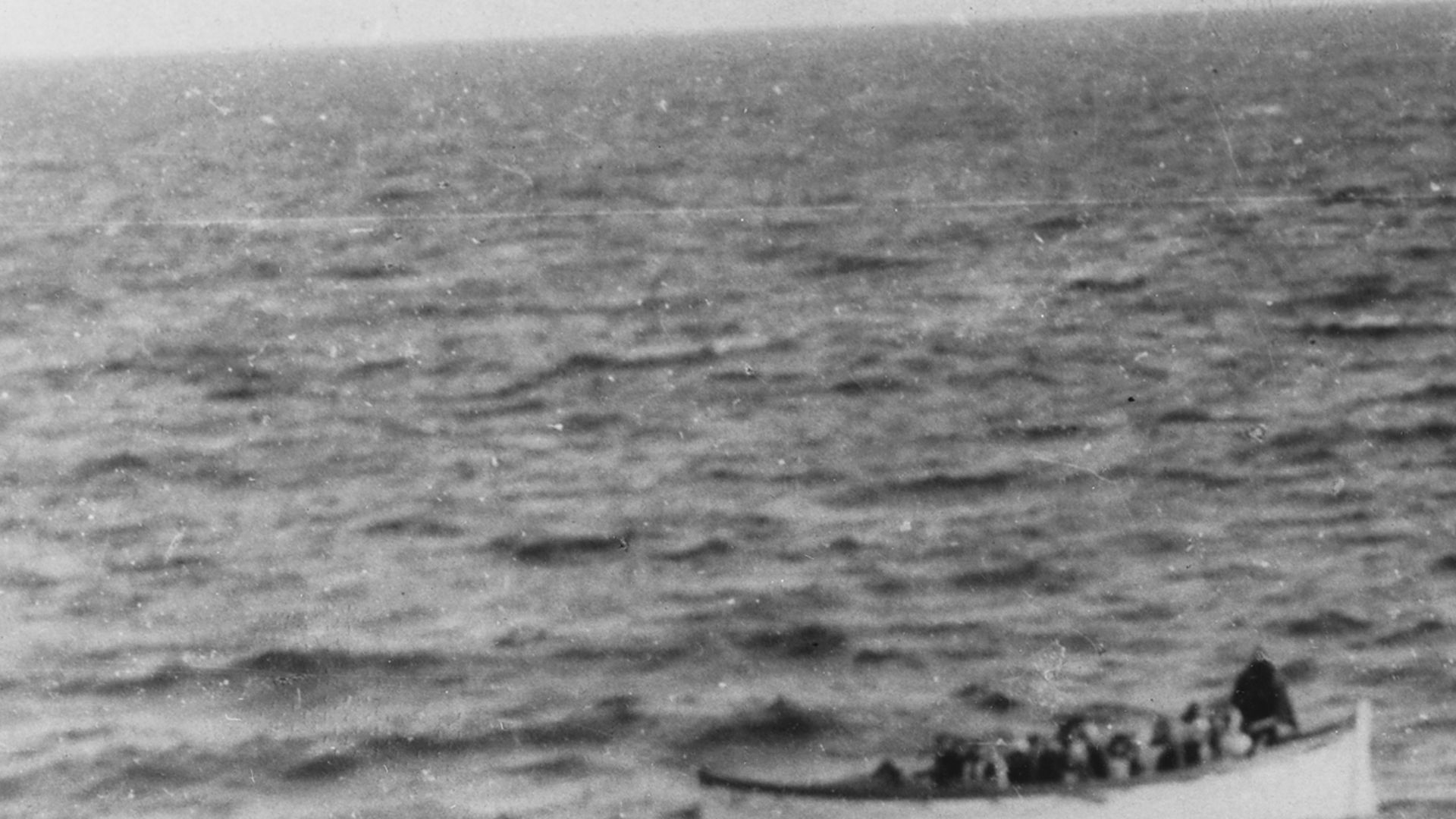 Unknown authorUnknown author or not provided, Wikimedia Commons
Unknown authorUnknown author or not provided, Wikimedia Commons
16. He Watched His Friends Float Away
Lim had no paddle and no way to steer his raft in the direction of the other survivors. Agonizingly, he could only watch as the currents carried him further and further away from his fellow crewmates. Before long, they were little more than a speck on the horizon and Lim realized the grim reality: He was alone at sea.
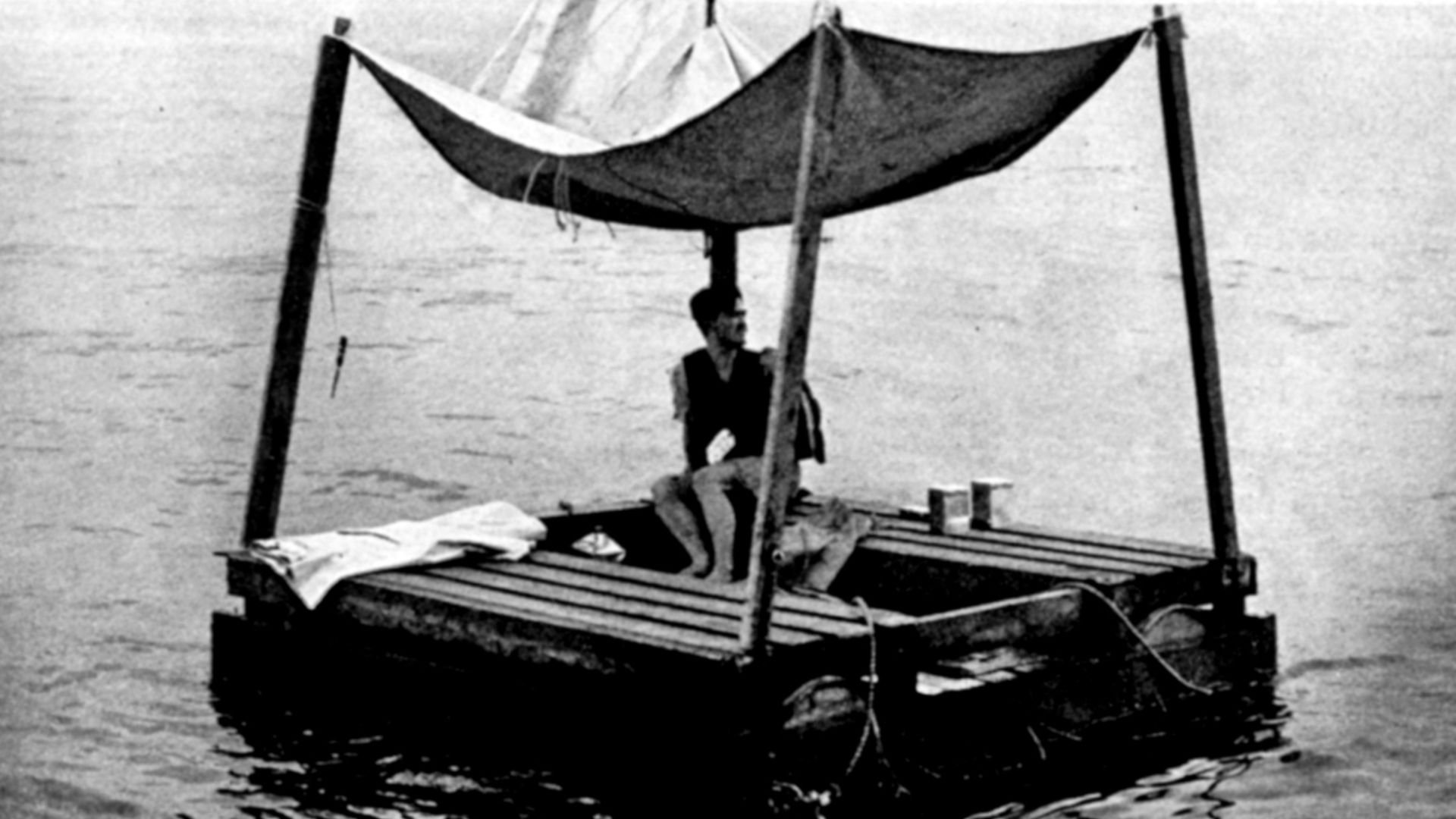 Unknown authorUnknown author, Wikimedia Commons
Unknown authorUnknown author, Wikimedia Commons
17. He Had Almost Nothing To Survive On
Instead of panicking, Lim took stock of the resources at his disposal. His raft was a flimsy wooden platform, barely eight feet across. It had no sails, no oars, and, worst of all, only the most meager of supplies. Lim found a tin of chocolate, a handful of sugar cubes, hardtack, pemmican, some lime juice, and a few gallons of water. It was barely enough to last a week—let alone months.
And with only a flashlight and some flares, he could hardly call for help.
18. He Knew The Supplies Would Run Out
For the first few days, Lim rationed his food and water as best he could. But he wasn’t naive. He knew that, even with the most careful planning, the rations wouldn’t last forever. So he started planning for the long haul and fashioned a crude fishing line, determined to feed himself however he could.
First things first, however; he couldn’t drown.
19. He Tied Himself To The Raft
Even though he had grown up near the sea, Lim had never been much of a swimmer. He knew that if he fell overboard, the sea would sweep him away from his raft, then pull him down into the dark blue waters. To make sure he didn’t drift away in his sleep, he tied a rope to his wrist—his only lifeline in the endless, indifferent ocean.
20. He Turned Trash Into Tools
As the days drifted by, Lim was faced with dwindling rations and he had to rely on ingenuity. He separated a hemp rope to craft a makeshift fishing line, mashed hardtack for bait, and used a tiny spring from his flashlight as a fishhook. With no rescue in sight, ironically, he turned to the sea to save him.
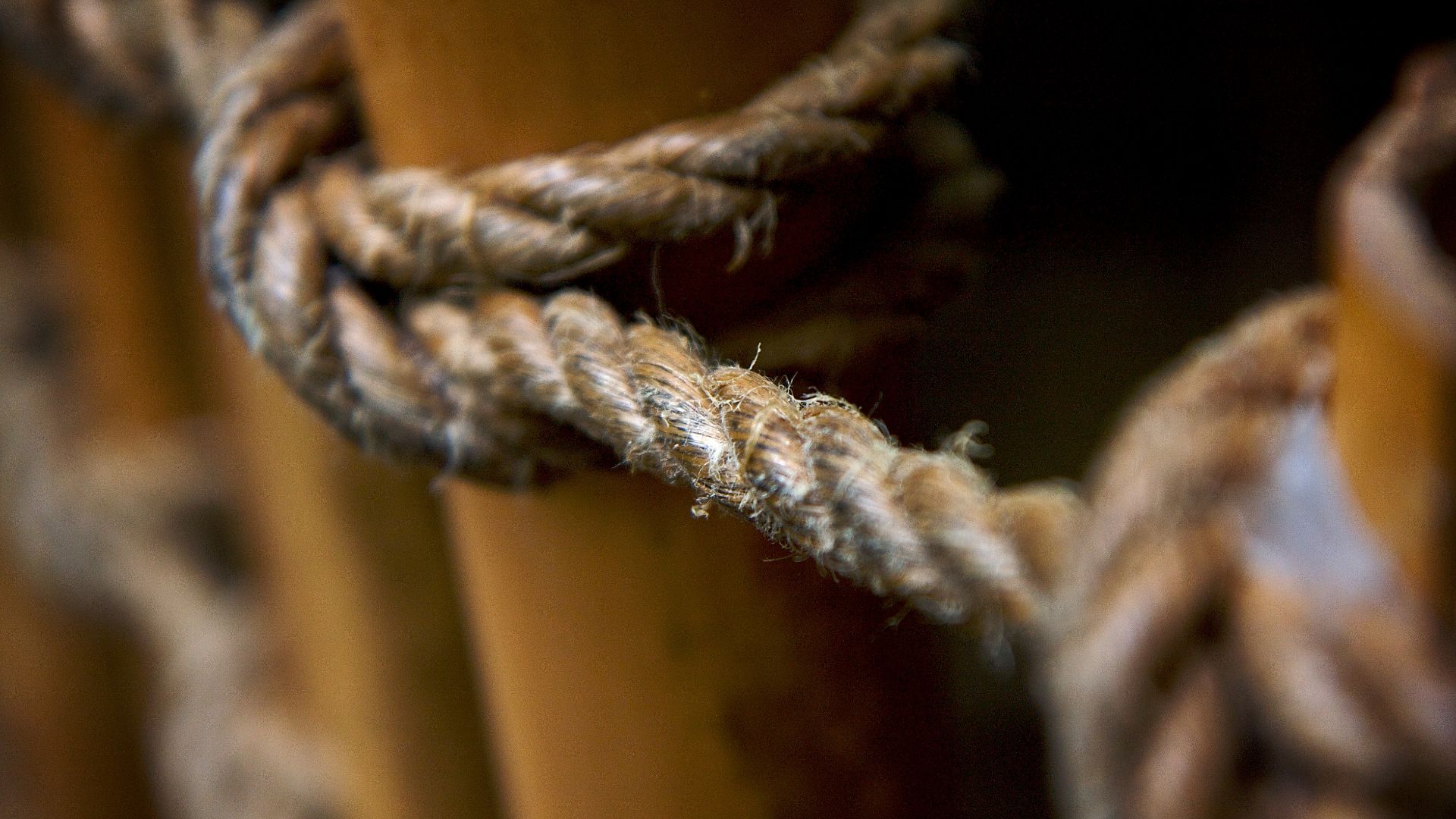 Travis Isaacs from Grapevine, TX, USA, Wikimedia Commons
Travis Isaacs from Grapevine, TX, USA, Wikimedia Commons
21. He Upgraded His Fishing Gear
Lim’s crude fishhook was effective—but only at catching crude little fish. Determined to catch something bigger, he pried a nail from his raft and bent it into a stronger hook. Before long, his cleverness and ambition paid off. He used the small fish he had caught as bait for even larger ones. His other survival methods were even more genius.
22. He Crafted His Own Knife
Adrift in the Atlantic, Lim was a little short on tools to process the fish he caught. So, to butcher his catches, he fashioned a knife from a pemmican can, which wound up being strong enough to cut flesh. He also found new ways to use the iron key from his water tank, transforming it into a tool for his daily fight to stay alive.
23. He Became A Seabird Hunter
Lim soon realized that he wasn’t the only one eyeing the abundant fish. Seagulls swooped down, scavenging his hard-earned catches. So, he turned into a predator himself. Waiting patiently, he snatched birds from his raft, killed them, and let them steep in the seawater, before drying the meat into jerky.
However, real predators were lurking just beneath the surface.
24. He Hunted A Shark
Lim caught sight of some disturbing dark shapes in the water, and he knew that they could only be one thing: sharks. Once again, however, Lim refused to give in to despair. Using the guts of the birds he’d caught as bait, he lured a shark closer in. He knew there could only be two outcomes; either he was going to get dinner, or he was going to be dinner.
25. He Took On The Ocean’s Apex Predator
Armed with nothing but a double-thick fishing line, Lim wrapped his hands in canvas and prepared himself to battle the ocean’s apex predator. After dropping his line into the water, just as he hoped, he hooked a hungry shark and gripped the line as the angry beast thrashed about. After a brutal struggle, he finally hauled the shark onto his raft.
The battle was far from over.
26. He Fought A Shark With His Bare Hands
As soon as Lim hauled the shark onto his raft, it turned on him, snapping its jaws and thrashing violently. With no spear on hand, he grabbed the only thing within reach: a metal water container. In a furious struggle for life, Lim bludgeoned the shark as it continued snapping at him until it stopped moving.
Victory tasted pretty sweet—if a little bloody.
27. He Drank Shark Blood
Defeating the shark didn’t just provide Lim with safety—it also provided him with sustenance. Running low on fresh water, Lim sliced open the shark’s body and drank the blood from its liver to quench his thirst. He then severed its fins, placing the flesh in the sun, thereby drying it and ensuring nothing went to waste.
He even fashioned his own clothes.
28. He Made Himself Clothes
As the days rolled by like the waves across the sea, Lim’s clothes had fallen to shreds, leaving him with just a tattered vest and shirt. To shield himself from the elements, he fashioned a makeshift skirt out of a rough hessian bag that had once carried lime juice. It wasn’t much, but it helped protect him from the relentless sun—and it was relentless.
29. He Built a Shelter
With days turning to weeks turning to months, Lim’s raft wasn’t just a piece of floating debris—it was his home. Using four wooden poles and a canvas tarpaulin, he set up a canopy over his raft. The structure gave him much-needed shade from the brutal heat and allowed him to collect precious rainwater when storms passed overhead.
Still, the sea would have its way.
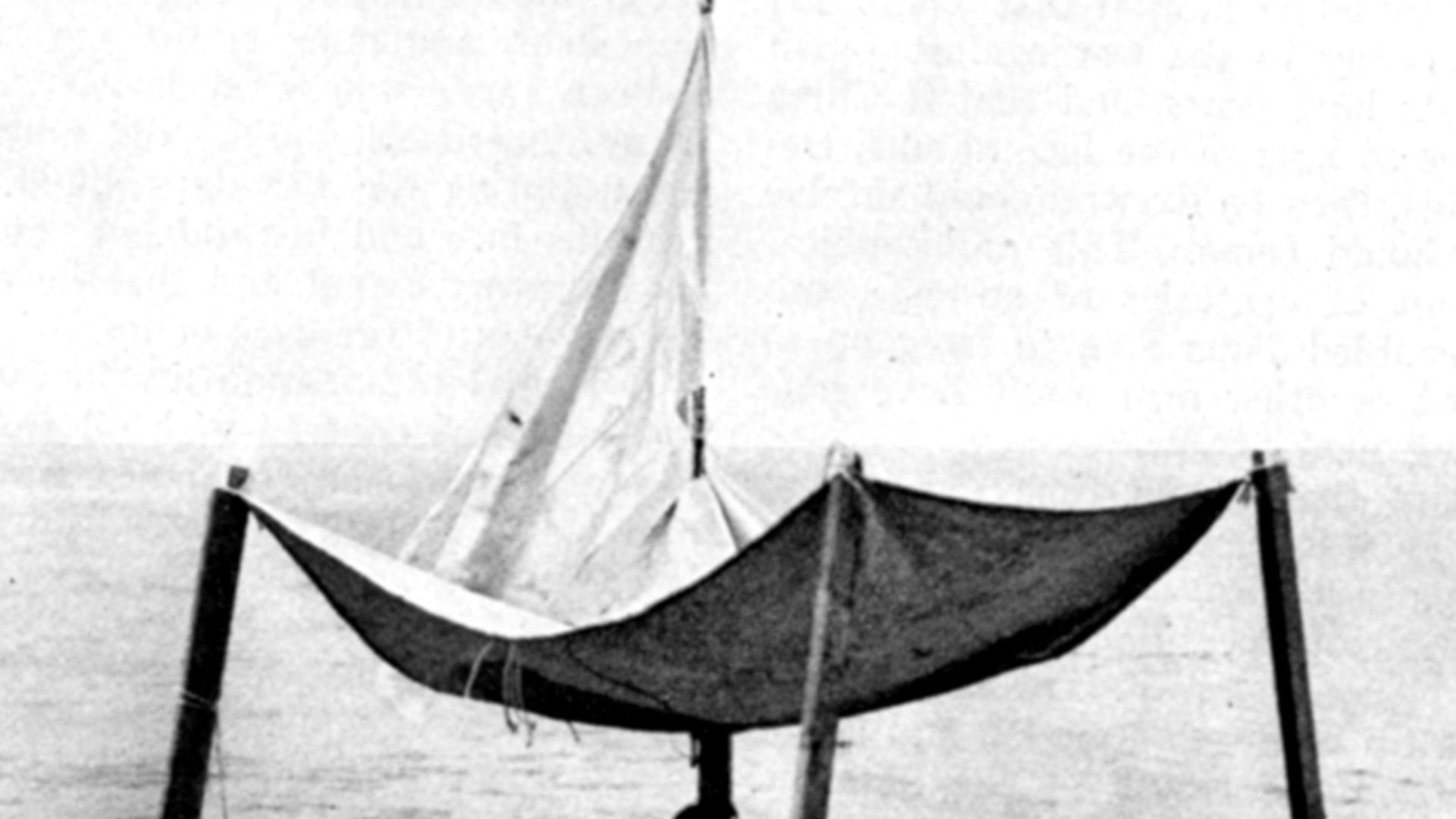 Unknown authorUnknown author, Wikimedia Commons
Unknown authorUnknown author, Wikimedia Commons
30. He Endured the Wrath of the Sea
Even with his shelter, the sun burned Lim severely—even breaking the skin. But the alternative wasn’t much better. When storms rolled in, his tiny raft was tossed about like a toy in a bathtub, and he fought to keep his meager supplies from going overboard. Throughout it all, the salty seawater burned his wounds and split his lips wide open.
But there was hope on the horizon.
31. He Watched His Rescue Slip Away
Over the course of his time at sea, Lim had three close brushes with rescue—only to have the sea snatch them away. The first time he nearly found safety was when a freighter passed by. They were so close, his heart must have pounded with hope—until the ship kept sailing away. Later, he would find out why.
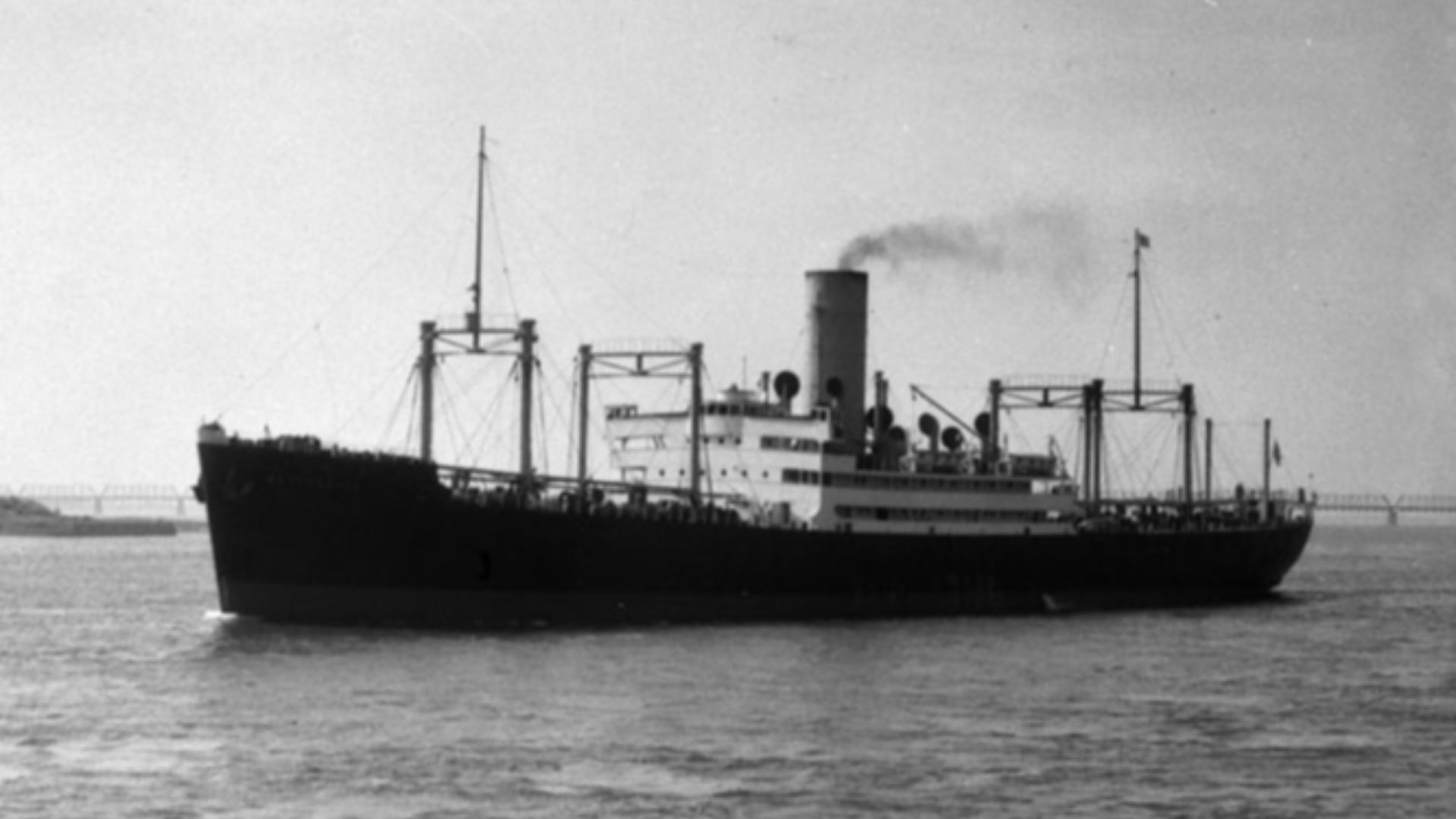 Clifford M. Johnston, Wikimedia Commons
Clifford M. Johnston, Wikimedia Commons
32. He Almost Reached A Lifeline
Shortly after his near-rescue from the freighter ship, a US Navy plane flew overhead and spotted Lim’s raft adrift in the vast ocean. Quite promisingly, the pilot dropped a buoy, a clear sign that rescue would be on its way. But fate wasn’t finished toying with him yet. Before Lim could reach the floating lifeline, a terrible tempest rolled in and carried it away.
That wasn’t even his most crushing disappointment.
33. He Shouted For Help
On a few more occasions, Lim’s raft came so close to vessels of all kinds that he was able to shout, in perfect English, to the crew aboard. Some sailors peered over the rails, but instead of pulling him to safety, they turned away, leaving Lim stranded once more. He thought he knew the reason for their apparent indifference.
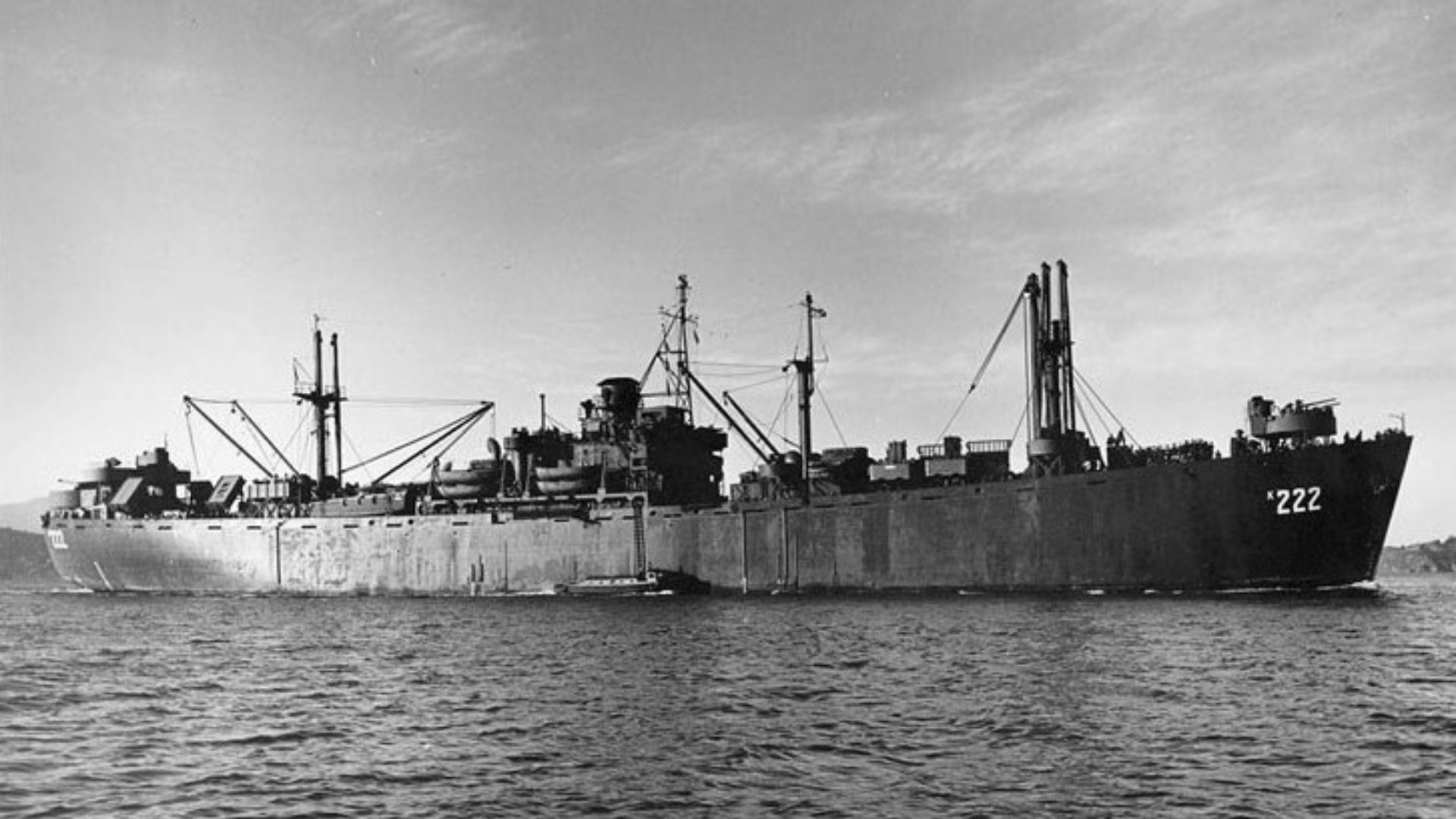 File Upload Bot (Magnus Manske), Wikimedia Commons
File Upload Bot (Magnus Manske), Wikimedia Commons
34. He Suspected Prejudice
With so many close calls, Lim couldn’t ignore a sinking realization: He was an Asian man adrift in the South Atlantic during WWII. Lim believed that the crews who ignored him may have assumed he was a Japanese sailor—perhaps an enemy. Despite his desperate pleas, they left him to the mercy of the sea.
However, there was another possible explanation—and it was an even more terrible thought.
35. He May Been Bait Himself
The other reason that ships simply sailed right past Lim was equally reassuring and terrifying. As WWII raged on, rumors swirled that German U-boats had begun using fake “survivors” as bait, setting them adrift to lure in Allied ships. Captains feared that stopping for a lone man in a raft could turn them into the next target.
Hope was fading—and fast.
 Unknown authorUnknown author, Wikimedia Commons
Unknown authorUnknown author, Wikimedia Commons
36. He Created A Routine To Stay Sane
All alone on the endless ocean, Lim fought not just hunger and thirst, but creeping madness. To keep himself from sinking into despair and going insane, Lim forced himself into a daily routine, speaking aloud, singing songs, and generally keeping his mind occupied. The sound of his own voice became his only company against the silence of the sea.
But even he couldn’t hold out hope forever.
37. He Stopped Counting Days
To help keep his wits about him, Lim tracked the passing days by tying knots in a rope—one for each day. But as the days stretched into weeks and the weeks into months, he abandoned the effort and time lost all meaning. Instead, he began counting full moons, a quiet acceptance that his survival had no set timeline.
But just as he’d resigned himself to his fate, everything changed.
38. He Saw His First Sign Of Hope
After months adrift, Lim noticed a subtle change. The deep, endless indigo of the open sea faded to a lighter shade. Lim’s heart pounded—he knew what this meant. He was drifting toward land. By April 1943, he had unknowingly covered an astonishing 750 miles, inching ever closer to salvation.
39. He Was Finally Rescued
On April 5, 1943, three Brazilian fishermen spotted something unexpected—a lone man, barely alive, floating on a makeshift raft. After 133 days at sea, Lim’s ordeal was finally over. The fishermen pulled him aboard, ending his historic struggle against the sea, the sharks, and the unrelenting sun.
But Lim’s rescue came with grim news.
40. He Was The Sole Survivor
As long as he was adrift at sea, Lim could imagine that his friends from the ship were all safe at home. However, when he was finally rescued, he learned the terrible news: He alone lived to tell the tale of the doomed SS Benlomond. His captain, the officers, and the entire gunner crew—all 51 men—had perished.
In fact, Lim had been closer to a watery grave than he knew.
 National Museum of the U.S. Navy, Wikimedia Commons
National Museum of the U.S. Navy, Wikimedia Commons
41. He Was Too Weak To Stand
When the Brazilian fishermen pulled Lim aboard their vessel to safety, he was barely more than a skeleton. He had lost 20 pounds and was too weak to stand, his body ravaged by months of starvation, dehydration, and exposure. Yet, despite his frailty, he was alive—and he had survived the impossible.
 Raazsingh007, Wikimedia Commons
Raazsingh007, Wikimedia Commons
42. He Finally Touched Solid Ground
The fishermen cared for Lim, feeding him and nursing him back to health as they traveled toward land. After three days, they arrived in Belém, Brazil. To everyone’s amazement, Lim had regained enough strength to walk himself off the boat and, at last, onto land. As he recovered in the hospital, his story spread across the world.
Absolutely everyone was listening.
 Brazilian National Archives, Wikimedia Commons
Brazilian National Archives, Wikimedia Commons
43. He Caught The King’s Attention
After 35 days in the hospital, Lim returned to "normal" life, eventually traveling to the United States, where he received a hero’s welcome. In a ceremony at the Seamen’s Church Institute in New York, a British Consul official announced that none other than King George VI would award Lim the British Empire Medal for his extraordinary resilience and bravery.
Turns out, everyone had something to learn from Lim.
 Matson Collection, Wikimedia Commons
Matson Collection, Wikimedia Commons
44. His Story Became Survival Training
Lim’s miraculous endurance wasn’t just celebrated—it was studied. The Royal Navy turned Lim’s genius innovations for survival into actual training for their recruits, codifying Lim’s bravery in training manuals. His ability to turn the ocean into his lifeline made him a living lesson in resilience.
Unbelievably, Lim was eager to get back out to sea!
 Poon Lim Honoured (1943), British Pathe
Poon Lim Honoured (1943), British Pathe
45. He Returned To The Sea
After 133 days at the mercy of the sea, no one could have faulted Lim for never returning to the water. However, after briefly working for Curtiss-Wright in New Jersey during WWII, Lim chose a sailor’s life once again. He joined the United States Lines, where he worked for decades, rising to the rank of Chief Steward before retiring in 1983.
 Poon Lim Honoured (1943), British Pathe
Poon Lim Honoured (1943), British Pathe
46. He Became An American
After WWII, Lim sought to start a new life in the United States, but immigration laws stood in his way. The quota for Chinese immigrants had already been filled. However, his extraordinary story caught the attention of Senator Warren Magnuson, who helped him secure a special exemption. In 1952, he officially became a US citizen.
But he didn’t get everything he wanted.
 United States Senate Historical Office, Wikimedia Commons
United States Senate Historical Office, Wikimedia Commons
47. He Wasn’t Good Enough For The US Navy
Lim dreamed of joining the US Navy and, with a resume like his, he seemed like a shoo-in. After all, how many sailors could say they fought a shark with their bare hands? However, in an ironic twist to Lim’s story, the US Navy turned down his application, citing his flat feet. Still, he hoped for a happy ending.
 United States Navy, Wikimedia Commons
United States Navy, Wikimedia Commons
48. He Lived A Happy Life—On Land
Also in 1952, after securing his US citizenship, Lim managed to reach another milestone that had once seemed like an impossible dream, far out on the sea. He found his "happily ever after" with the daughter of a previous shipmate—one whom he'd worked with on the SS Tanda. Lim had a fruitful marriage, going on to raise three daughters and a son. There was just one legacy he didn’t want to pass on.
 Poon Lim Honoured (1943), British Pathe
Poon Lim Honoured (1943), British Pathe
49. He Set A Terrible Record
Lim lived the rest of his life in peace and harmony—and he wanted the same for others. Though he passed on January 4, 1991, at the age of 72, he had already made his wishes known. On one unforgettable occasion, when someone informed him that he had set the record for surviving the longest alone at sea, Lim gave a simple but poignant response: “I hope no one will ever have to break that record”.
 Poon Lim Honoured (1943), British Pathe
Poon Lim Honoured (1943), British Pathe
You May Also Like:
Horatio Nelson’s Fearless Defiance Led Him To Greatness—And Doom
The Most Tragic Poor Little Rich Boy



